The gleaming skyline of Dubai is a testament to human ambition and architectural innovation. At the heart of this modern marvel lies a defining feature: glass. These towering glass facades are not merely aesthetic choices but represent a fusion of engineering prowess, sustainability, and luxury. From the iconic Burj Khalifa to the twisting Cayan Tower, glass has become the canvas upon which Dubai’s urban identity is painted.
The use of glass in Dubai’s architecture is both practical and symbolic. In a city where sunlight is abundant, glass幕墙 allow natural light to flood interiors, reducing the need for artificial while offering breathtaking views of the desert metropolis. Yet, the choice of glass is also a statement—a reflection of Dubai’s desire to project transparency, modernity, and openness to the world. The result is a skyline that shimmers by day and glows by night, a visual spectacle unmatched anywhere else.
Behind the beauty of these glass structures lies cutting-edge technology. The of Dubai’s skyscrapers are engineered to withstand extreme temperatures, sandstorms, and high winds. Special coatings are applied to the glass to minimize heat absorption, a critical feature in a city where summer temperatures regularly exceed 40°C. These innovations ensure that the buildings remain energy-efficient, aligning with Dubai’s broader sustainability goals. The glass itself is often laminated or tempered, providing both safety and durability in the face of the region’s harsh climate.
One cannot discuss Dubai’s glass without mentioning the Burj Khalifa, the tallest building in the world. Its exterior is clad in over 26,000 glass panels, each meticulously designed to withstand the immense wind forces at such heights. The reflective glass not only enhances the building’s sleek appearance but also plays a crucial role in regulating indoor temperatures. Similarly, the Jumeirah Emirates Towers feature a double-skin glass facade that acts as a thermal buffer, further demonstrating how Dubai’s architects have turned glass into a tool for environmental control.
The aesthetic versatility of glass has allowed architects in Dubai to experiment with bold designs. The Cayan Tower, with its twisting form, showcases how glass can be used to create dynamic, ever-changing reflections. The Opus by Zaha Hadid features a free-form glass exterior that appears to melt into the sky. These designs push the boundaries of what is possible, proving that glass is far more than just a functional material—it is a medium for artistic expression.
However, the proliferation of glass in Dubai has not been without controversy. Critics argue that the excessive use of glass contributes to the urban heat island effect, where concentrated building materials raise local temperatures. Others point to the energy required to cool these glass towers, questioning their true sustainability. In response, developers have increasingly turned to smart glass technologies, such as electrochromic glass that adjusts its tint based on sunlight, and photovoltaic glass that generates solar power. These advancements aim to reconcile the city’s love for glass with its environmental responsibilities.
The future of glass in Dubai looks brighter than ever. With projects like the Dubai Creek Tower and the Museum of the Future pushing architectural boundaries, glass will continue to play a central role. Innovations such as self-cleaning glass and embedded LED lighting are set to redefine how these facades function and interact with their surroundings. As Dubai strives to become a global leader in smart cities, its glass幕墙 will likely evolve from static structures into dynamic, responsive elements of urban life.
In the end, Dubai’s glass are more than just building exteriors—they are a reflection of the city’s soul. They embody its ambition, its willingness to embrace the future, and its relentless pursuit of perfection. Whether admired from the ground or gazed upon from a distance, these shimmering facades tell a story of a city that refuses to be ordinary. And as long as Dubai continues to reach for the sky, glass will remain its material of choice.
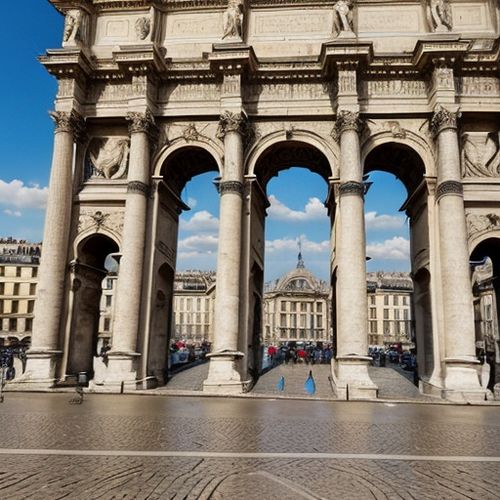
By Laura Wilson/Apr 14, 2025

By Joshua Howard/Apr 14, 2025

By John Smith/Apr 14, 2025
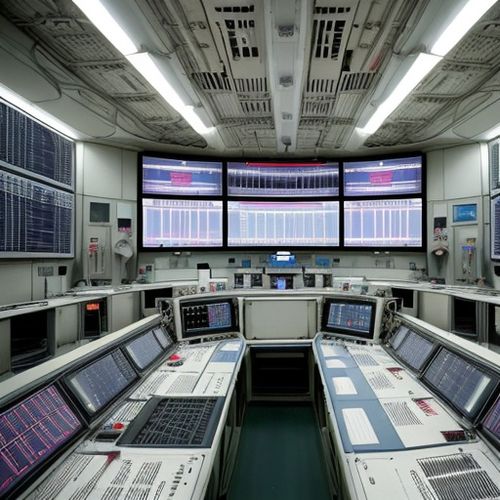
By George Bailey/Apr 14, 2025

By Thomas Roberts/Apr 14, 2025
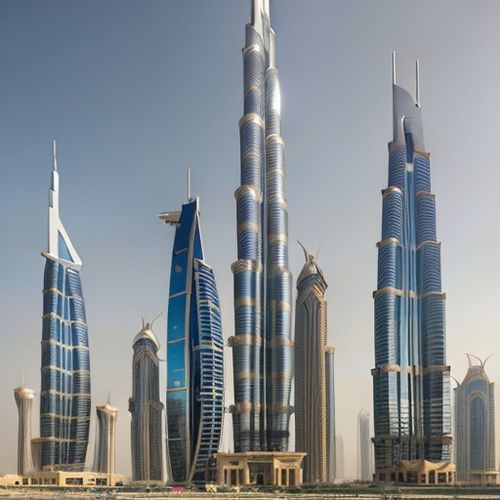
By Amanda Phillips/Apr 14, 2025
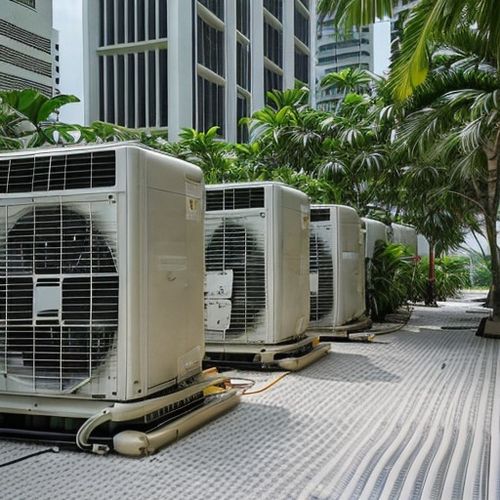
By Daniel Scott/Apr 14, 2025
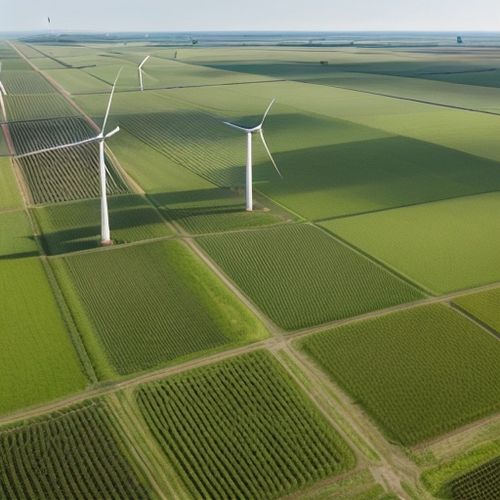
By John Smith/Apr 14, 2025

By Amanda Phillips/Apr 14, 2025
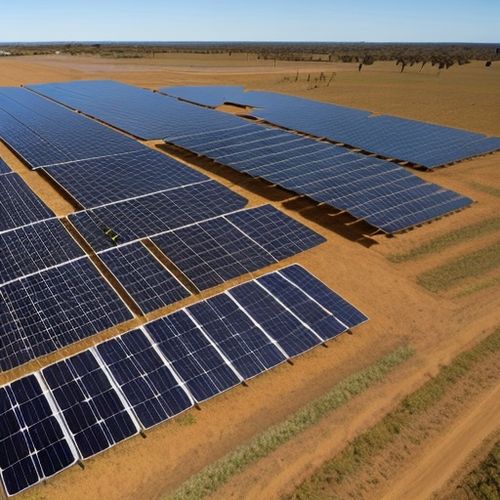
By Christopher Harris/Apr 14, 2025
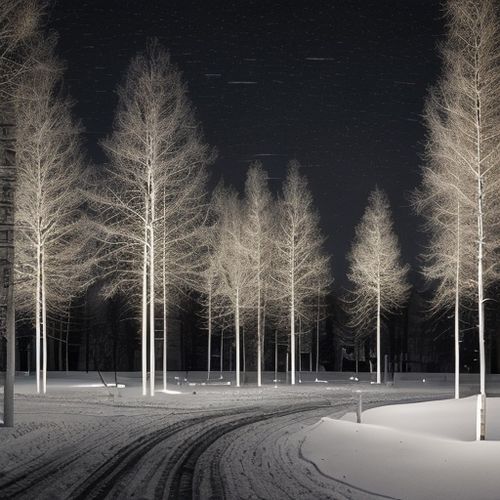
By Eric Ward/Apr 14, 2025

By Eric Ward/Apr 14, 2025
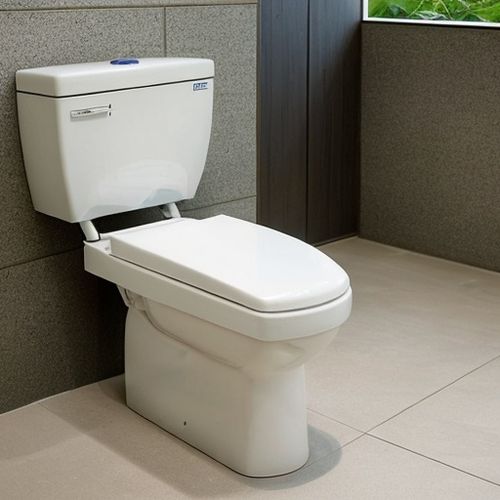
By David Anderson/Apr 14, 2025

By Thomas Roberts/Apr 14, 2025
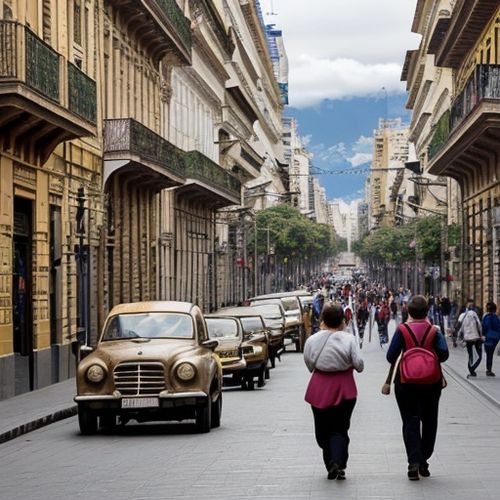
By Grace Cox/Apr 14, 2025
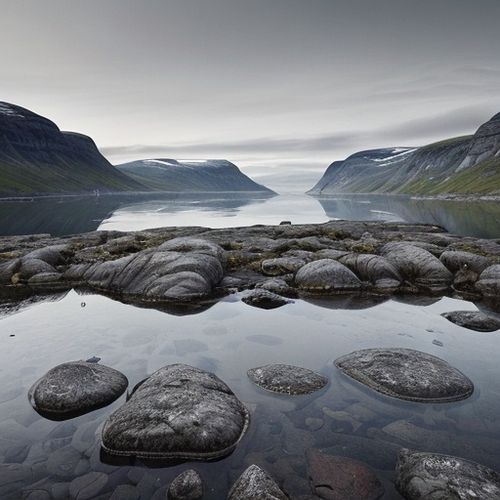
By George Bailey/Apr 14, 2025
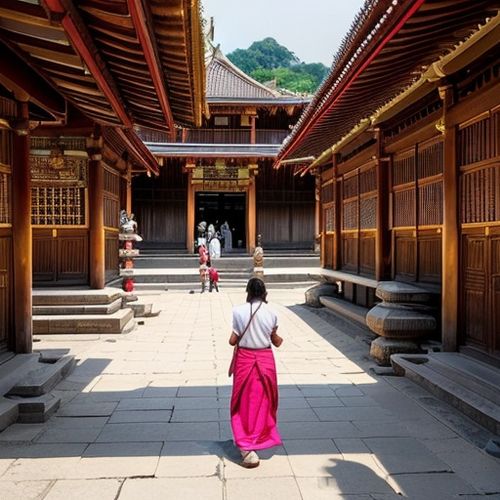
By Ryan Martin/Apr 14, 2025
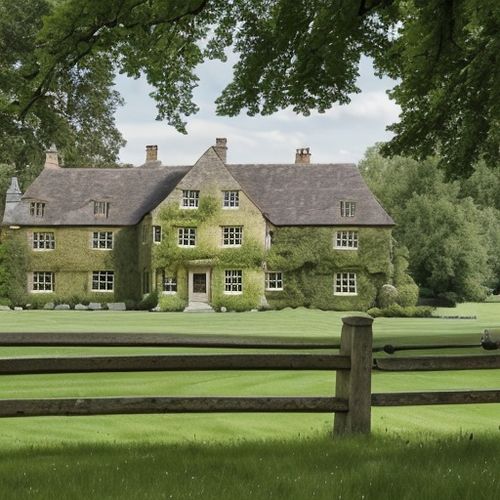
By Thomas Roberts/Apr 14, 2025
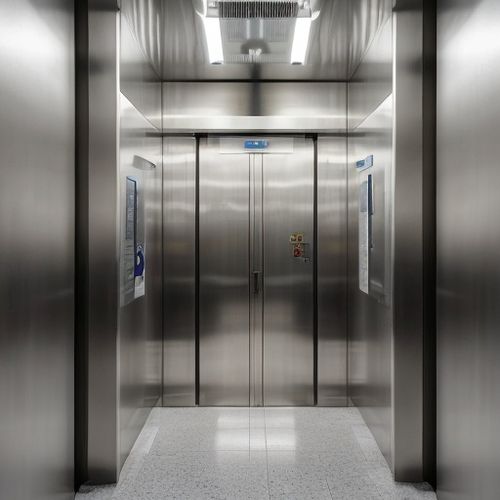
By Samuel Cooper/Apr 14, 2025
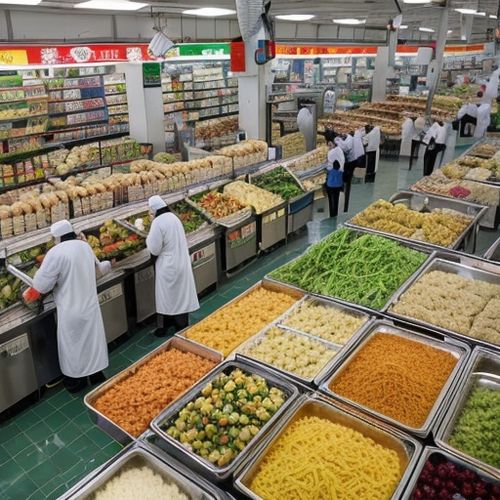
By Rebecca Stewart/Apr 14, 2025